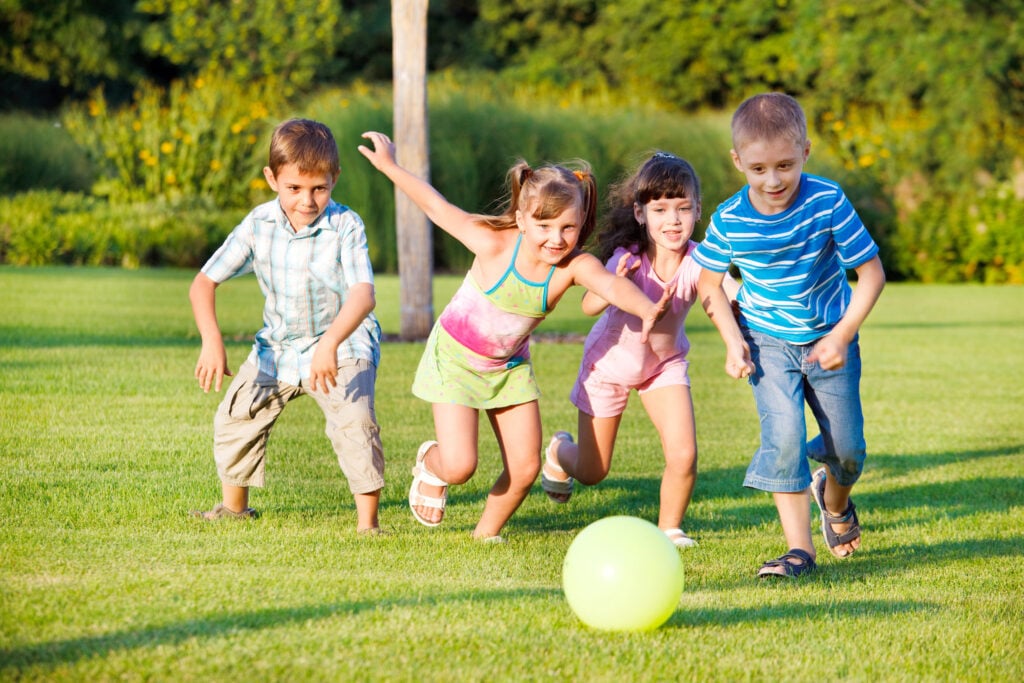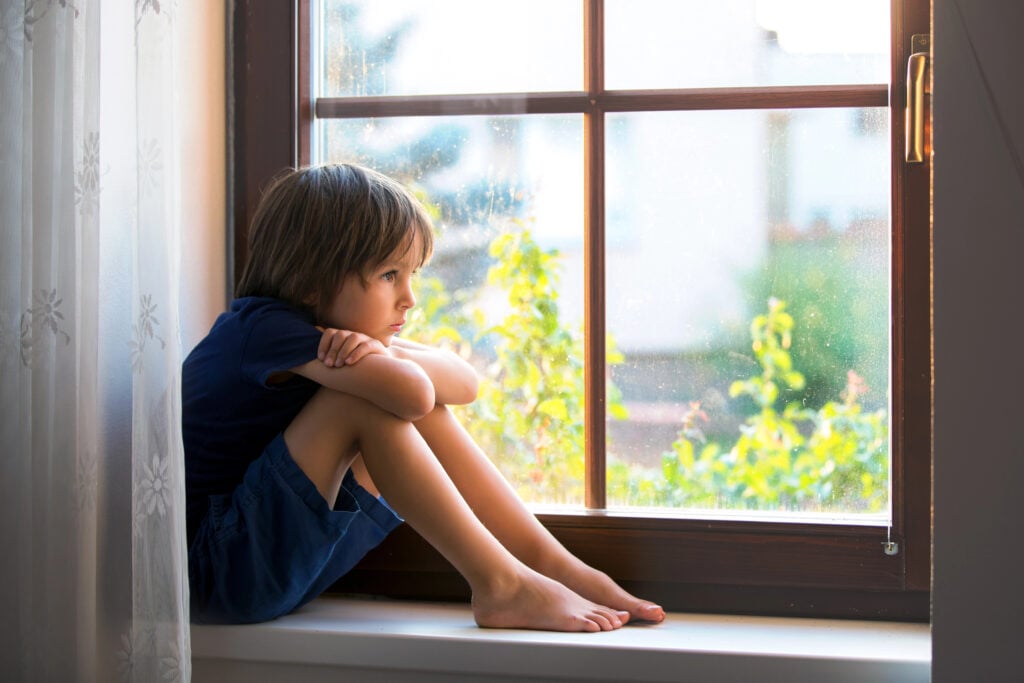
Over time, as we learn more about child development, parenting styles shift, and yet they still seem to reflect specific cycles.
Those of us who grew up in the latch-key generation have watched younger generations, even our own younger siblings in some cases, grow up with much closer supervision, especially as technology has enabled easier monitoring. Norms have swung from kids coming home when the street lights activate to parents tracking locations of their college-aged offspring, and now it seems they’re swinging back, at least a little.
Some are calling it “underparenting,” but only in comparison to the style known as “helicopter parenting.”
How Much Hovering Is Too Much?

Many members of the Gen X and Millennial generations remember either their own or friends’ experiences coming home from school to an empty house, and being responsible for themselves until their parents arrived after work. We rode our bikes to the store for our afternoon chips and soda, and you could figure out where the kids were by driving around until you found the front yard full of bikes.
This morphed into playdates, with parents sitting together in the kitchen. At the same time, kids hung out within earshot, met at the park at a preplanned time, or even engaged in more formalized activities.
Naturally, both parenting styles have existed throughout, and factors like road safety and the kids’ ages have always played a role, but the median has shifted over the years.
With it, there’s also been a shift in the degree to which parents are involved in their kids’ entertainment.
The Parental Response To Boredom & Struggle
Quick age test: Does “Mom, I’m bored” mean it’s time to load up and go to the playground, or to get assigned a list of chores?
While there’s always variance, it seems like jumping in to protect our kids from ever getting bored has become very normalized. It’s not just boredom, either, but a lot of protection from natural consequences and negative experiences.
That might mean jumping in to pour milk instead of waiting to see if your child spills, or hurrying to find a board game or a screen to offer when they experience the first hint of ennui.
The University of Michigan and C.S. Mott Children’s Hospital found that jumping in to rescue your child too quickly in every instance can damage kids’ development of independence and self-esteem, and advises parents to take a step back, offer the necessary tools, and let kids figure some things out for themselves.
Together with allowing your kid to experience natural consequences (like being cold and wet when they go out without a coat), some child development experts are calling the alternative approach “underparenting,” according to Parents.
What Is Underparenting?

These strategies don’t involve giving your child less parenting than he needs; only less than your most anxious impulses call for.
Primarily, they involve slowing response times. If your child opens the fridge and grabs the milk jug, this might mean that, instead of darting across to grab it, you turn, watch, wait, and prepare to help if needed. Sometimes, that might mean a mess to clean up, but it also means your child is learning new skills.
It might mean that when your child is bored, you don’t start offering a list of options; instead, you let them figure it out. It might mean not charging the tablet for them, so they have to deal with it not being ready to grab at the first lapse in entertainment.
It’s not just what kids need more of, it’s also what they want more of. A Motherly poll last month found that many kids complain they’re not allowed to do things like walking down a different grocery aisle from their parent (45%) or making plans with friends without adults as go-betweens (61%).
When asked about their preferences, only about a quarter of kids said they’d prefer to spend their free time in front of a screen, while 45% said they’d prefer unstructured time when adults aren’t directing it, just to hang out with friends. (30% took a middle road, wishing for adults to schedule them in sports or other activities.)
What Can Parents Do?
Talk to your kids and get an idea of how they feel about more independence. Every kid is different, and adults have the unenviable task of finding a middle ground that meets kids’ needs and some of their wants.
You can take a gradual approach, but allow your child to have a little more independence (age-appropriate) and see what happens. If you see a need for support and guidance, give as needed, but be judicious.
If you’re not sure about a specific skill, go gradually or do trial runs. For instance, if you’re not sure your child can walk to the library on his own, first walk with him but let him lead, and let him direct you in tasks like looking both ways before crossing a street.
Where possible, provide your child with the tools to entertain himself (such as craft supplies, a safe backyard or park, or his toybox) and let him find a way to fight boredom on his own.
Make sure you’re still accessible for needs, and remember that “underparenting,” if you want to call it that, is really just taking a little step back, which can give your child room to grow.

